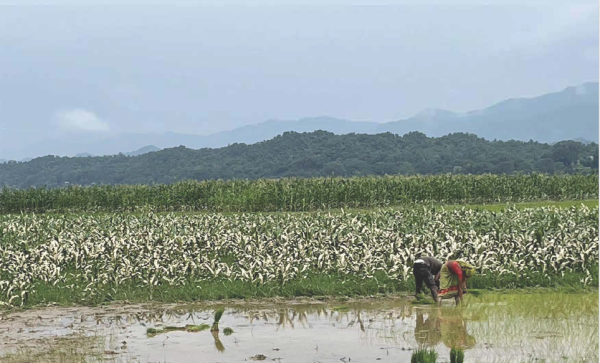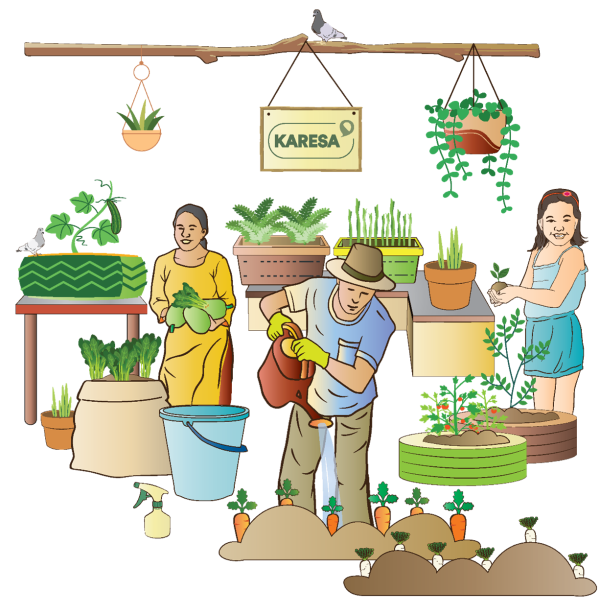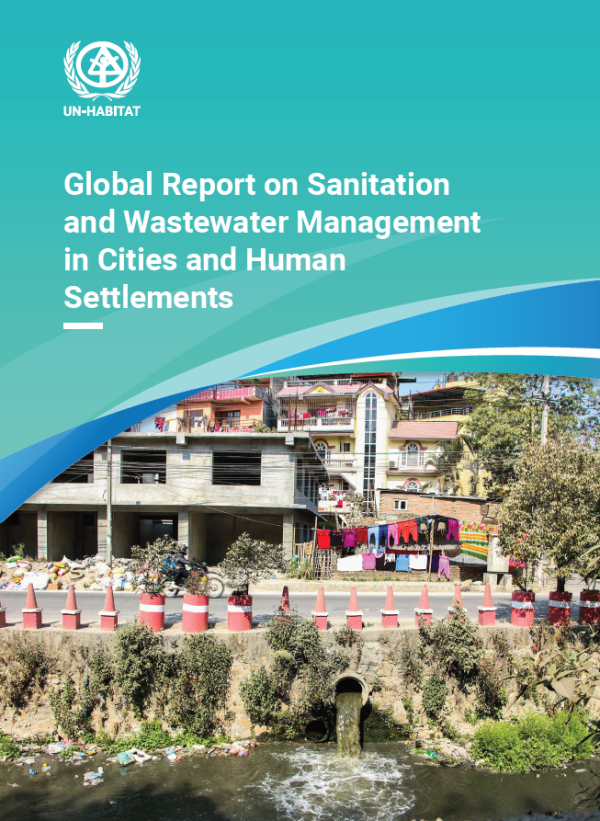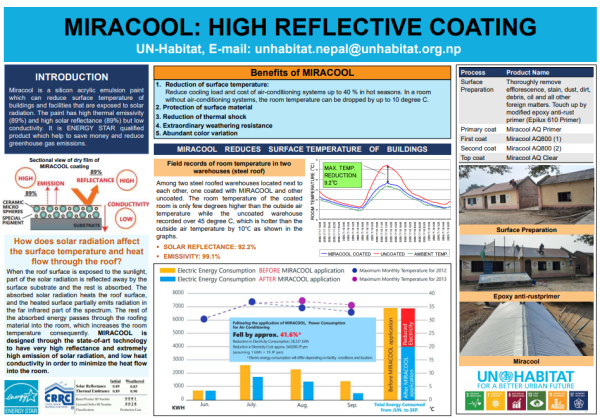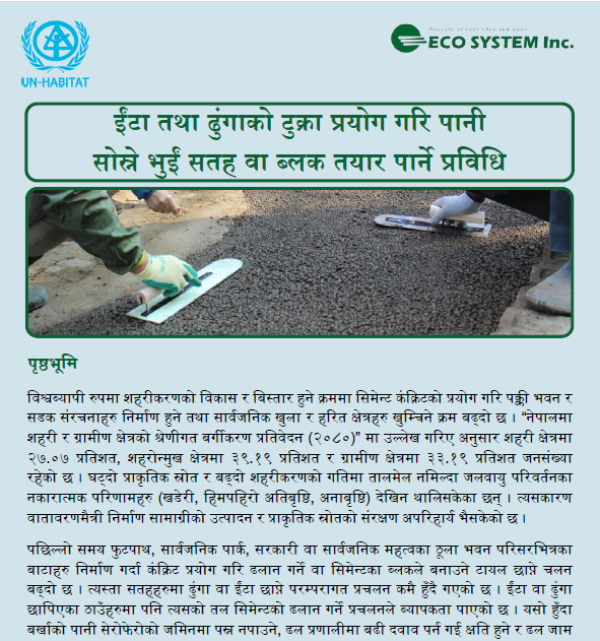Total Sanitation Campaign Moving Ahead by Preserving Indigenous Culture in Bardiya
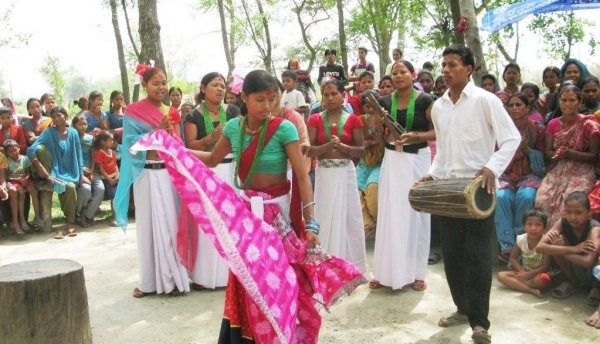
Nepal is a multi-cultural multi lingual and multi-religious country with a considerable ethnic diversity, consisting of more than 100 ethnic groups. It is a stark reality that most of the ethnic communities’ are struggling to retain their culture and traditions in the face of rapid economic growth and modernizationBardiya district lies administratively in Bheri zone within mid western development region and ecologically in Tarai region (southern plains of the country). Historically, Bardiya was sparsely populated with indigenous tribal people called “Tharu”. Later, hill people (consisting of other ethnic groups) migrated into Bardiya. However, Tharu still make up a majority (more than 50%) of Bardiya’s population. Other tribals called “Sonaha” live near the Karnali River and western periphery of Bardiya National Park, who are historically engaged in extracting gold ores from sediments of river and fishing. Other ethnic communities like Magars, Muslims and Rajis (enlisted as vulnerable ethnic communities) are also living in Bardiya. Their cultural practices are shadowed amid the cultural values of well off communities. They are gradually adopting the cultures of higher castes and slowly changing their cultures to match up with other-so called higher castes. This is indeed a process of Sanskritization as introduced by M.N. Srinivasan, a renowned Indian Anthropologist. Cultural values and beliefs are in a continuous process of taking back seats in this globalized world. Songs, the style of dancing and the attires have largely been influenced by globalization process. The dresses that were usually worn and the dances widely performed few years back are limited and can now only be seen in television or in documentary these days. This in fact is the fate of each and every community, be it a mainstream or marginalized. Not to say, much effect has been observed in the marginalized ethnic communities. There are 31 VDCs (smallest administrative unit of the state) and 1 municipality in Bardiya district. Out of which 6 VDCs have been declared Open Defecation Free (ODF) Zone. Global Sanitation Fund Program (GSF) being executed in Nepal by UN-Habitat and funded by Water Supply and Sanitation Collaborative Council was started in Bardiya from July 2011. Now, it is spread in all VDCs and municipality of the district in coordination with local government bodies. There is a visible sanitation movement in the district especially after introduction of the GSF program. Every VDC is moving ahead to achieve ODF situation making optimal use of local resources with creativity. Almost every day, one can observe ward or community level sanitation promotional campaigns followed by ODF declaration ceremonies with great zeal and enthusiasm. Communities are spontaneously coming out to demonstrate their dance and sing their songs. They come wearing the traditional dresses that were abandoned considering to be obsolete, sing the song which their children have almost forgotten, perform the traditional dances which are on the verge of extinction. The ODF declaration ceremonies have really become the locally acclaimed festivals these days. The natural talents that were subsided have again resurfaced and come in to the forefront mingling with the spirit generated by the ODF movement. Total Sanitation Campaign has given them opportunity and the platform where they once again are showing their talents, preserving their unique cultural identity in process. It seems that there is a positive competition to establish dignity, identity and pride through sanitation campaigns. Each and every community is willing to come forward and be on forefront to show the pride inherent in their cultural heritage. This has ultimately helped in preserving and fostering the indigenous cultures. VDCs have also started to allocate some funds for supporting in preservation of indigenous ethnic traditions and cultural heritage by helping them to either repairing existing or buying new ones such as instruments, dresses and so on but in a cost sharing basis.In addition, the indigenous communities are rewarded in recognition to their initiation and support of ODF declaration campaign and endeavor for continuation and sustainability. This type of rewards and recognition is empowering indigenous peoples to raise their voice amidst the threatening din of ―modernization‖ and providing an amiable environment to preserve and protect their traditions.
